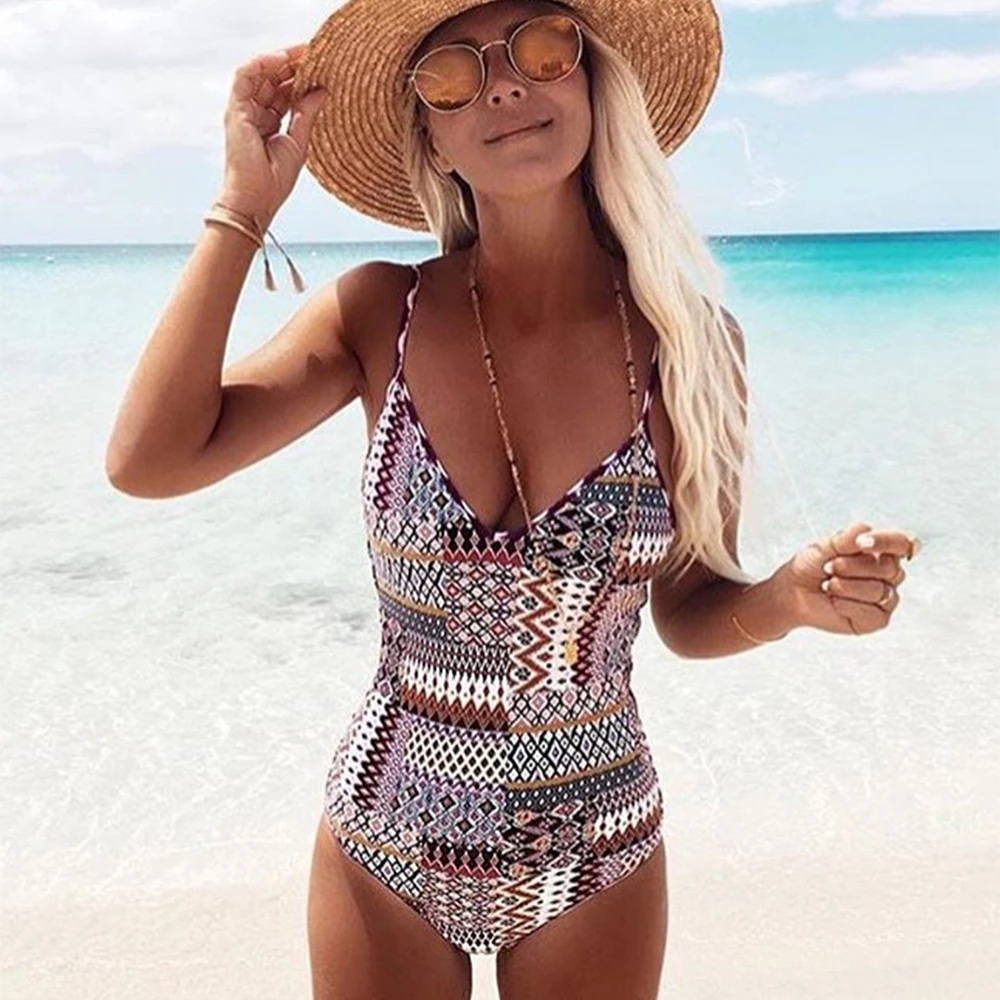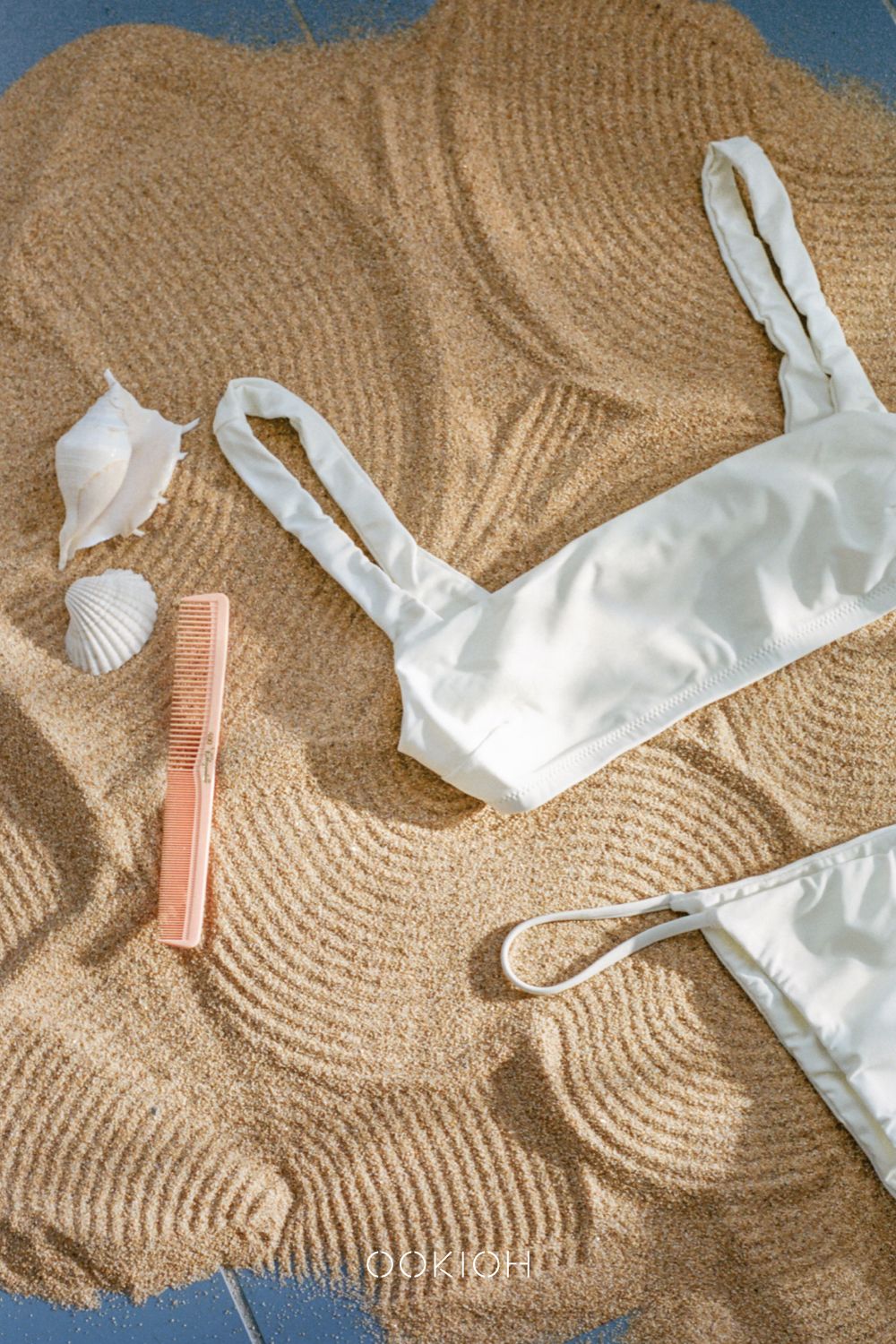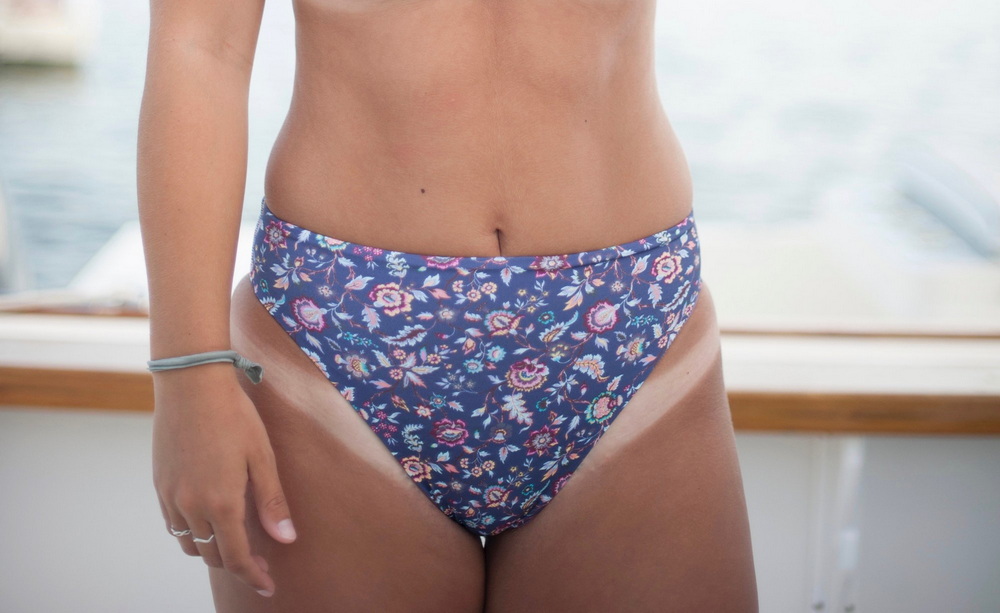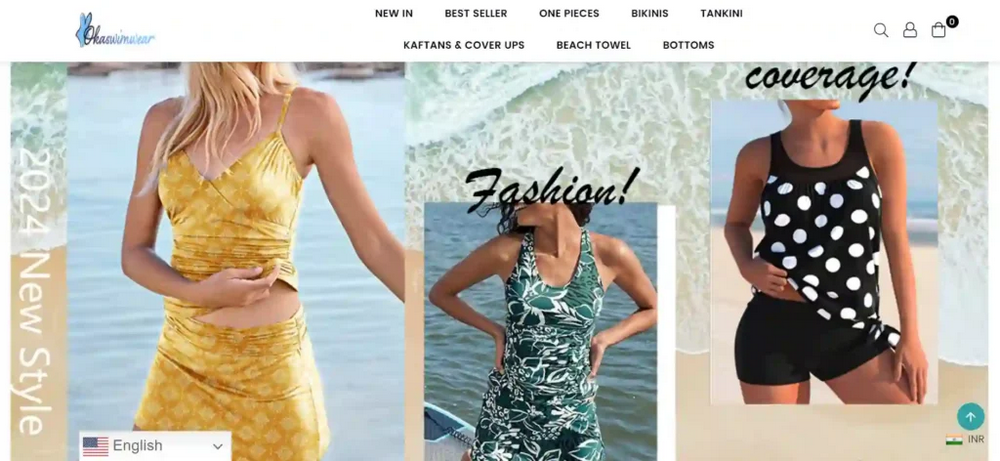Content Menu
● The Mountain-Born Beach Brand
● Handcrafted in the Heart of Utah
● The Inspiration Behind the Designs
● Craftsmanship and Design Philosophy
● Sustainability and Ethical Production
● The Unique Selling Point: Reversible Designs
● From Concept to Production: The Oka Process
● The Challenges and Advantages of Local Production
● Marketing and Brand Identity
● Global Reach from a Local Base
● The Future of Oka Swimwear Production
● Conclusion
● Five Related Questions and Answers
Oka Swimwear, a brand that has captured the hearts of beach enthusiasts and fashion-forward individuals alike, has an intriguing story that begins far from the sandy shores where its products are often worn. This article delves into the origins of Oka Swimwear, exploring where it's made, the inspiration behind its designs, and the unique blend of mountain spirit and ocean vibes that define the brand.

The Mountain-Born Beach Brand
Contrary to what one might expect from a swimwear brand, Oka Swimwear was not born on a tropical beach or in a coastal fashion hub. Instead, this unique brand has its roots in the unexpected location of Salt Lake City, Utah. Nestled in the Wasatch Mountains, far from any ocean, Oka Swimwear brings a fresh perspective to beach fashion.
The brand's founder and designer, Teri Elliott, has managed to infuse the adventurous spirit of mountain life into swimwear designed for ocean escapades. This unusual combination of mountain inspiration and beach functionality sets Oka Swimwear apart in the competitive world of swimwear fashion.
Handcrafted in the Heart of Utah
One of the most distinctive aspects of Oka Swimwear is its production process. Unlike many swimwear brands that outsource their manufacturing to large factories overseas, Oka takes pride in its handmade approach. Each Oka swimsuit is carefully crafted in Salt Lake City, Utah, under the watchful eye of the brand's creator.
This local, hands-on production allows for meticulous attention to detail and ensures that every piece meets the high standards set by the brand. The decision to keep production local also reflects Oka's commitment to quality and its desire to maintain a close connection between the design process and the final product.

The Inspiration Behind the Designs
While Oka Swimwear is made in the mountains, its designs are deeply inspired by the ocean. Teri Elliott, the creative force behind the brand, draws inspiration from her love for the sea and tropical environments. This unique blend of mountain craftsmanship and ocean-inspired design creates swimwear that is both functional and aesthetically pleasing.
The brand's Instagram page, @okaswimwear, showcases this fusion of mountain and beach aesthetics. With over 1,400 followers and 616 posts, the account offers a visual journey through Oka's designs, often set against both mountainous backdrops and tropical beaches, highlighting the versatility of the brand.
Craftsmanship and Design Philosophy
Oka Swimwear's production philosophy centers around thoughtful craftsmanship. Each piece is designed to fit an adventurous lifestyle, catering to women who don't just lounge by the pool but actively engage with their environment. Whether it's surfing big waves or cliff diving, Oka swimsuits are engineered to stay in place and withstand the rigors of active water sports.
The brand's commitment to quality is evident in its choice of materials and construction techniques. By keeping production in-house, Oka can experiment with designs and quickly iterate based on customer feedback, ensuring that each new collection improves upon the last.
Sustainability and Ethical Production
In an era where sustainability is increasingly important to consumers, Oka Swimwear's local production model offers several environmental benefits. By manufacturing in Salt Lake City, the brand reduces its carbon footprint associated with transportation and has greater control over its production processes.
While specific details about Oka's sustainability practices are not widely publicized, the brand's handmade, small-batch production approach inherently lends itself to more sustainable practices compared to mass-produced swimwear. This aligns with a growing trend in the fashion industry towards more ethical and environmentally conscious manufacturing.

The Unique Selling Point: Reversible Designs
One of Oka Swimwear's standout features is its reversible bikinis. This innovative approach to swimwear design effectively gives customers two suits in one, adding value and versatility to each piece. The reversible nature of the swimwear also speaks to the brand's commitment to functionality and practicality, catering to travelers and adventure seekers who appreciate adaptable clothing options.
From Concept to Production: The Oka Process
While Oka Swimwear's specific production process is not publicly detailed, understanding the general swimwear manufacturing process can provide insight into what goes into creating these mountain-made beach essentials.
The journey from concept to production in swimwear manufacturing typically involves several key steps:
1. Design and Conceptualization: This is where Teri Elliott's vision comes into play, sketching designs and selecting fabrics that align with Oka's aesthetic and functional requirements.
2. Pattern Making: Translating designs into patterns that can be used to cut fabric accurately.
3. Prototyping: Creating sample pieces to test fit, style, and functionality. This stage is crucial for a brand like Oka that emphasizes performance in active water sports.
4. Material Sourcing: Selecting and procuring the right fabrics and notions that meet Oka's standards for quality and sustainability.
5. Cutting and Sewing: The hands-on stage of production where skilled artisans in Salt Lake City bring the designs to life.
6. Quality Control: Rigorous testing to ensure each piece meets Oka's high standards for both aesthetics and performance.
7. Finishing and Packaging: The final steps before the swimwear is ready for sale.
By keeping all these steps in-house, Oka maintains control over quality and can quickly adapt to customer feedback or new design inspirations.

The Challenges and Advantages of Local Production
Choosing to produce swimwear in Salt Lake City rather than outsourcing to traditional swimwear manufacturing hubs presents both challenges and advantages for Oka Swimwear.
Challenges:
◆ Higher production costs due to U.S. labor rates
◆ Limited access to specialized swimwear manufacturing equipment
◆ Smaller production capacity compared to large overseas factories
Advantages:
◆ Direct oversight of the production process
◆ Ability to quickly implement design changes and innovations
◆ Support for the local economy
◆ Potential for customization and small-batch production
◆ Stronger connection with the brand's roots and story
These factors contribute to Oka Swimwear's unique position in the market as a boutique brand with a strong sense of place and purpose.
Marketing and Brand Identity
Oka Swimwear's production location plays a significant role in its marketing and brand identity. The juxtaposition of mountain-made swimwear creates an intriguing narrative that sets Oka apart from its competitors. This unique story is leveraged across the brand's marketing channels, particularly on social media, where the contrast between mountain landscapes and beach settings creates visually compelling content.
The brand's Instagram account, with its carefully curated mix of product shots, lifestyle images, and behind-the-scenes glimpses into the production process, serves as a powerful tool for conveying Oka's brand identity. By showcasing swimwear in both mountain and beach environments, Oka reinforces its message of versatility and adventure.

Global Reach from a Local Base
Despite its local production, Oka Swimwear has managed to reach a global audience. The brand's online presence, particularly through its website and social media channels, allows it to connect with customers worldwide. This global reach, combined with local production, creates an interesting dynamic where Oka can maintain its small-batch, handcrafted ethos while competing in the international swimwear market.
The Future of Oka Swimwear Production
As Oka Swimwear continues to grow and evolve, questions about the scalability of its current production model may arise. Will the brand be able to maintain its handmade, Salt Lake City production as demand increases? Or will it need to explore new production methods or locations to meet growing customer needs?
These questions highlight the challenges faced by successful small brands as they navigate growth while trying to maintain the core values and practices that made them successful in the first place. For now, Oka's commitment to local, handcrafted production remains a key part of its identity and appeal.
Conclusion
Oka Swimwear's journey from a mountain-inspired concept to a beloved beach fashion brand is a testament to the power of unique vision and dedicated craftsmanship. By choosing to keep production local in Salt Lake City, Utah, Oka has created a distinctive brand identity that resonates with consumers looking for quality, sustainability, and a touch of adventure in their swimwear.
The story of where Oka Swimwear is made is more than just a geographical fact; it's a narrative that encompasses the brand's values, its approach to design and production, and its connection to both mountain and ocean environments. As the brand continues to grow and evolve, its Salt Lake City roots remain an integral part of its appeal, reminding us that sometimes the most unexpected combinations can lead to the most inspiring creations.
Five Related Questions and Answers
Q: Who is the founder of Oka Swimwear?
A: Oka Swimwear was founded by designer and seamstress Teri Elliott.
Q: What makes Oka Swimwear unique in terms of its production?
A: Oka Swimwear is unique because it is handmade in Salt Lake City, Utah, which is unusual for a swimwear brand as it's located in the mountains, far from the ocean.
Q: Does Oka Swimwear offer any special features in their designs?
A: Yes, Oka Swimwear is known for its reversible bikinis, which effectively provide two swimsuits in one, adding value and versatility to their products.
Q: How does Oka Swimwear balance mountain inspiration with beach functionality?
A: Oka Swimwear draws inspiration from both mountain and ocean environments, creating designs that are aesthetically pleasing while being functional for active water sports and adventures.
Q: What role does sustainability play in Oka Swimwear's production?
A: While specific sustainability practices are not widely publicized, Oka Swimwear's local, small-batch production model inherently supports more sustainable practices compared to mass-produced swimwear, reducing transportation-related carbon emissions and allowing for greater control over the production process.





















